2013 • 5 • 18
I was able to beat my alarm clock. At five in the morning, I woke up from a short and shallow slumber, opened my eyes, got up and out of the bed, and then the alarm clock went off. It was one of those rare mornings that I was able to score against it. That’s how excited I was to start the day. I grabbed my camera and made my way to the church to watch the sunrise that Culion is starting to be known for.
Culion Church used to be a fortress. The first Agustinian missionaries arrived in the island in 1622 to establish a parish but the repeated moro raids pushed them to build a fortress as defense in 1740. Almost two centuries later, Culion was declared a leper colony and became home to Filipinos afflicted with the illness. In 1933, the Jesuits reconstructed the fort and transformed it into a place of worship, now known as La Inmaculada Concepcion Church.
What was left of the fort (aside from the parts converted into the church) is now a crumbling watchtower, crowning what used to be a bastion. This also serves as a lighthouse, guiding seafarers at night. The fort is perched on a promontory, facing the sea and allowing an unobstructed view of the east.
The pre-sunrise glow was already illuminating the dark sapphire skies but the rays have yet to make an appearance. From here, I was able to see the side walls and pillars of the structure. The 25m x 10m church was hewn from live corals but concrete was added in some parts. It is topped with crimson rounded roof supported by another pair of red-painted walls, accented with white arch windows.
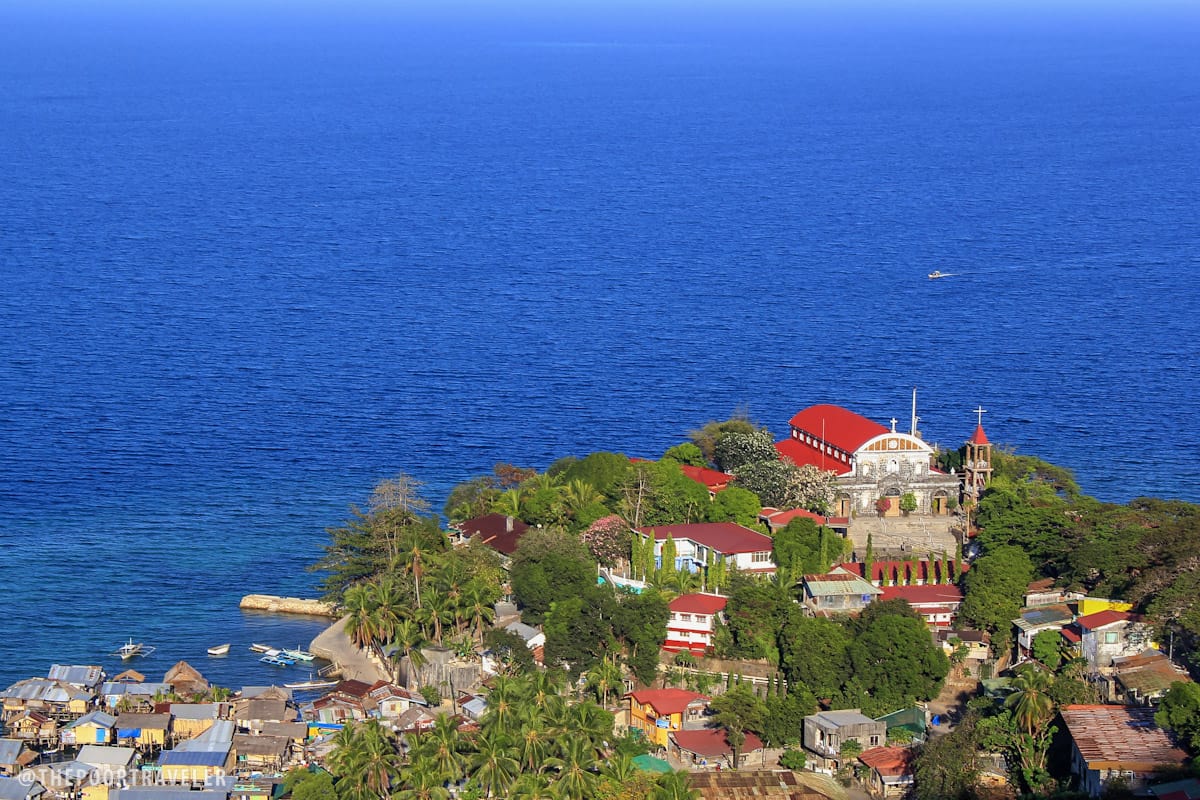
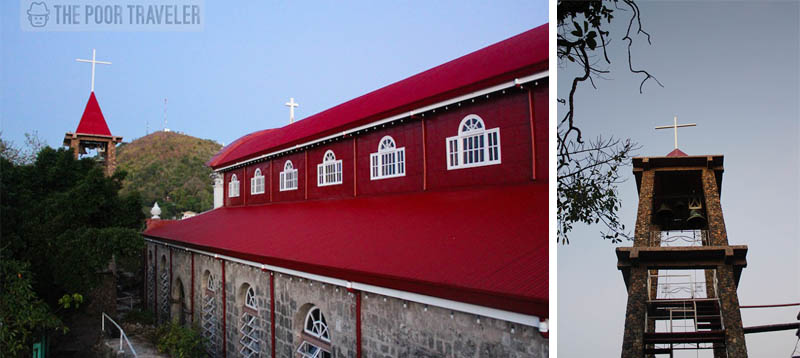
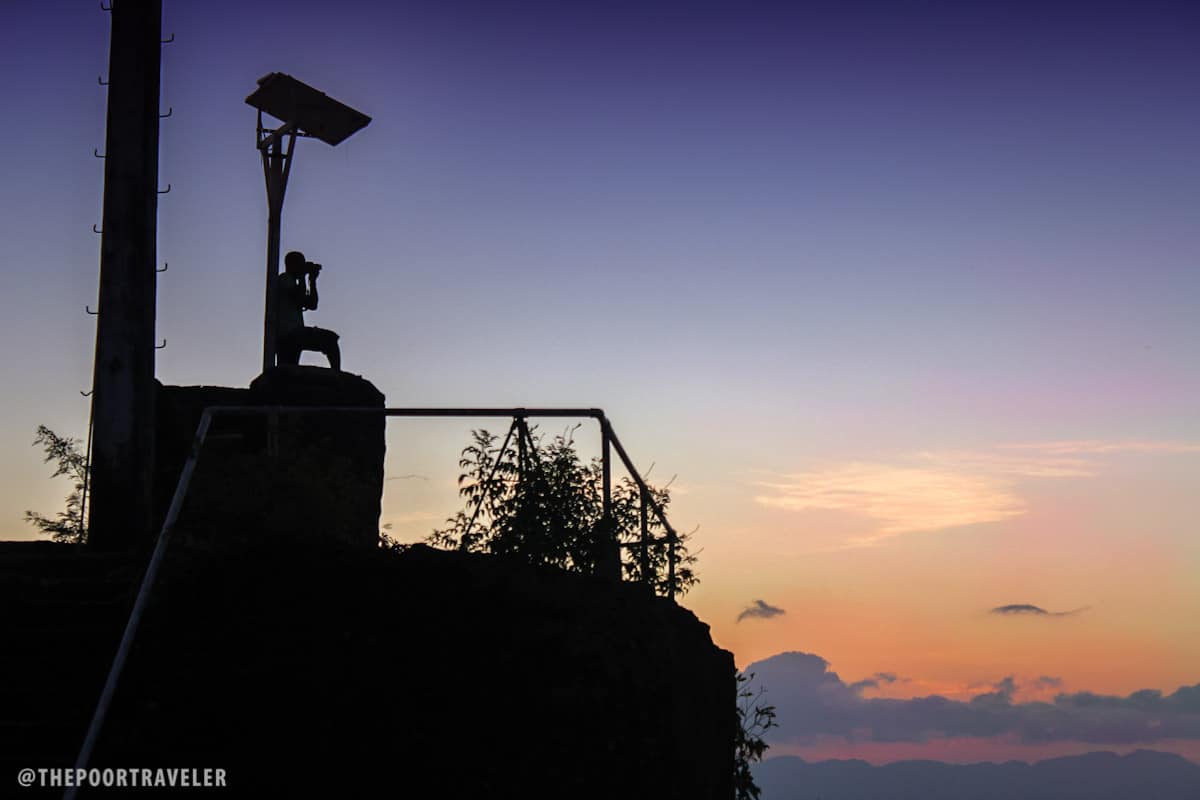
From the main road, a concrete staircase leads visitors to the two-tiered facade. The top layer boasts two arch windows with a niche that shelters an image of the Virgin Mary. Below it are three doorways with niches in between, housing images of saints. Its main door is flanked by bougainvillea trees that added a dash of hot pink to the structure, cold and grey. To its right is a wall-less belfry and to its left a beautiful Palawan cherry blossoms tree.
I thought I still had much time, so I went back to the room to wake up my friend Mica and drag her to Fort Culion. Just when I entered the room, it happened. The sun emerged from a lump of clouds and painted the skies pink and golden. Thank heavens our room, like the fortress, was facing east that I still had a great view of the morning’s first celestial showcase.
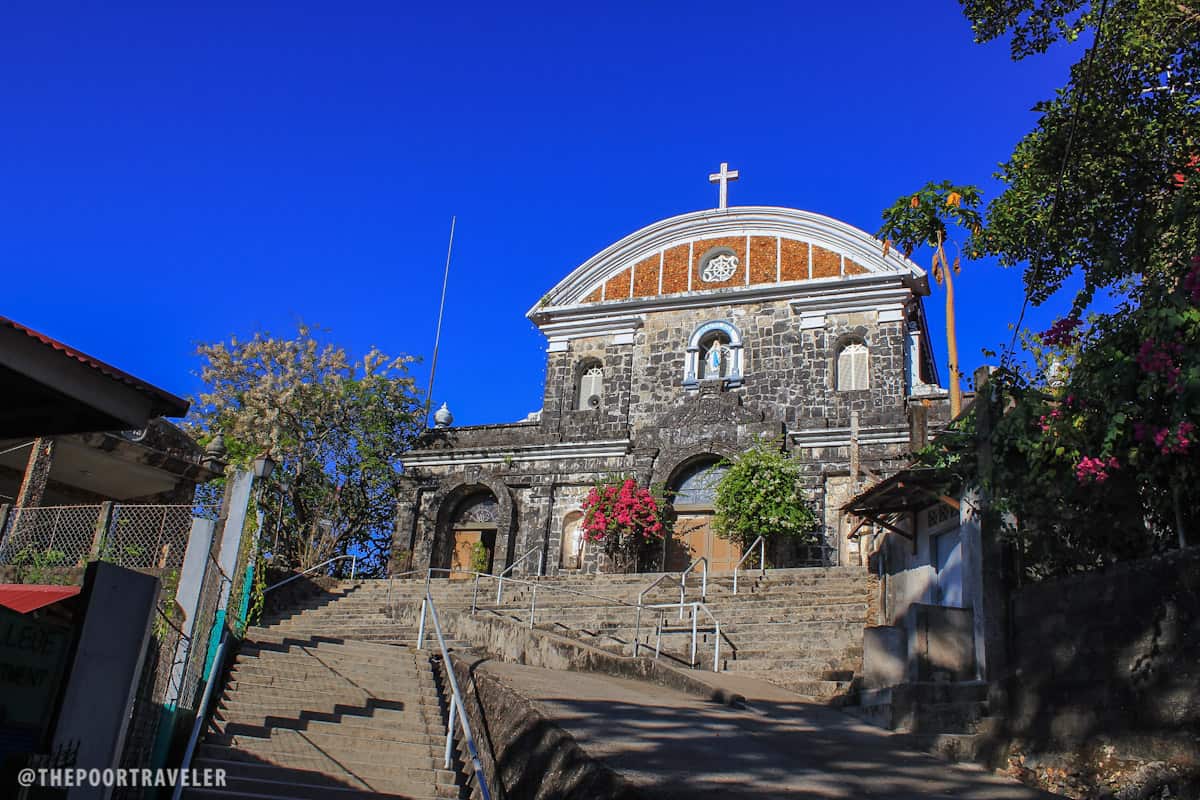
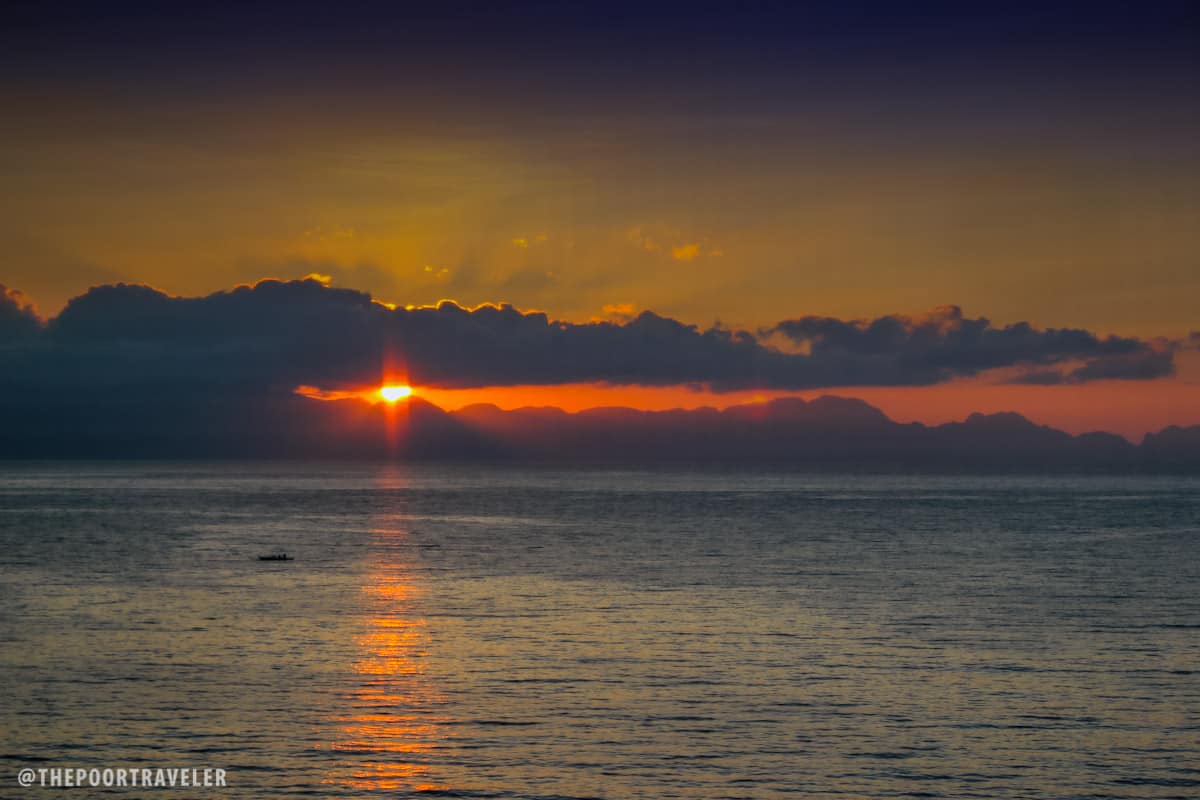
How to get to Culion Church and Fort: Day tours around Culion are available in Coron for around P1100 per pax. If you’re a big group, you may charter a boat to Culion at Lualhati Park for P3000 for 4pax or P3500 for 8pax. If you want it do-it-yourself style, you may ride the 1pm boat to Culion from Coron port for P180. Return boat is scheduled the next morning, which means you will need to stay overnight in the island as we did.
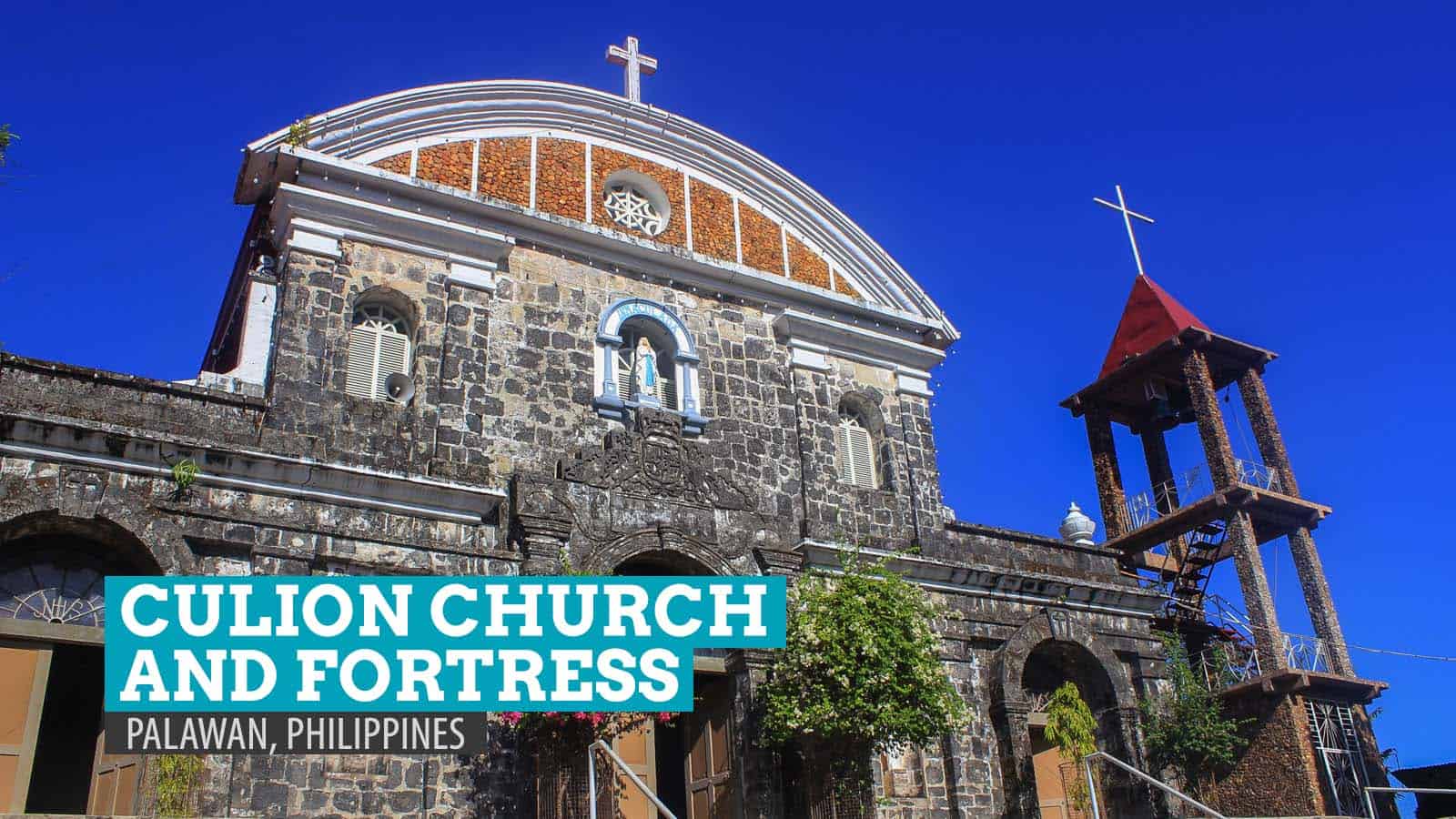
























Nice photos especially the picture of the Culion Church perched on a cliff. I love the breathtaking view of the area. :)
.
Thanks, JP! That pic was taken from the Aguila Viewpoint. :D